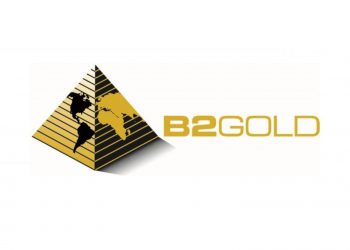Amid lower global prices and Indonesia easing up on its export ban, industry experts expect a decline in nickel ore exports ranging from 30 to 35 million wet metric tons this year.
Dante Bravo, President of the Philippine Nickel Industry Association (PNIA), said that nickel direct shipping ore for 2018 could fall to as much as 30 million wet metric tons (WMT), lower than the 36 million WMT recorder last year.
“We are expecting less [export] as prices of low-grade ores are down right now. Plus we still have the moratorium and the expected limitation in mining areas,” he said.
Global prices reached $16 per WMT las year but has since dropped to a low of $10 per WMT.
Meanwhile this year’s first quarter recorded exported nickel amounting to 2.57 million WMT, three percent below the 2.65 million WMT in the same period last year.
Mining companies are gradually shifting to the export of medium-grade oers amid declining prices of the usual low-grade.
“For the long term, this would mean that some mines might slowdown in their production in the coming years depending on the areas being mined. The shift would have to make adjustments depending on mineralization,” Bravo said.
Around 90 percent of nickel export goes to China with the remaining 10 percent going to Japan.
“Nickel is basically a consumer good. Nickel consumption is still increasing globally, particularly in China with their booming electronic vehicle industry, as well as increasing public expenditures on construction,” Bravo said.
Bravo said he is looking forward for more flexibility in terms of foreign investments. Three companies have financial or technical assistance agreement with the government, the rest are just under mineral production sharing agreements.
“Foreign investors have the capital, the technology and manpower since mining is a capital intensive industry. It is hard to borrow from local banks, say $10 million, to start but foreign investors are very willing to shell out,” he said.














